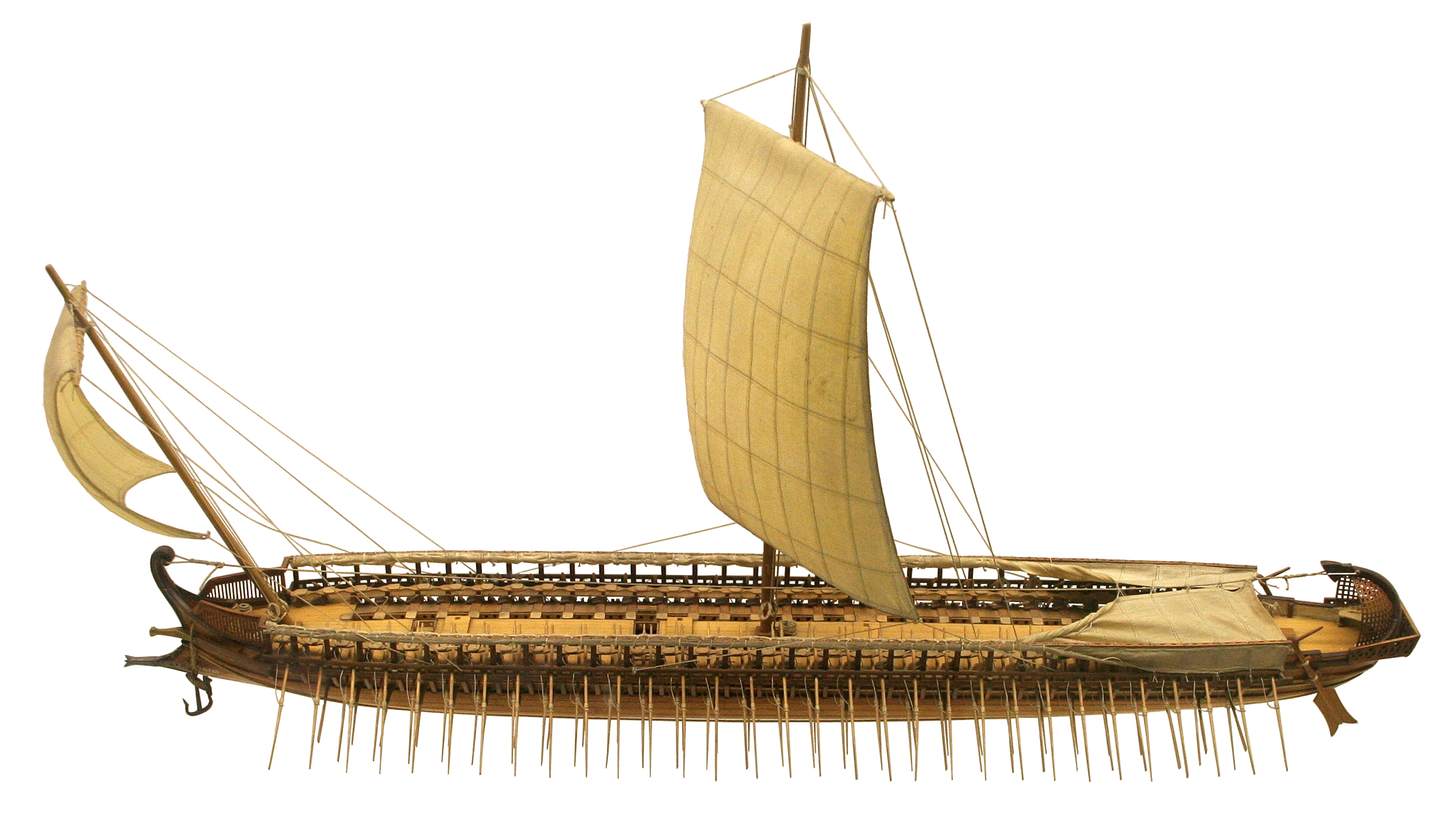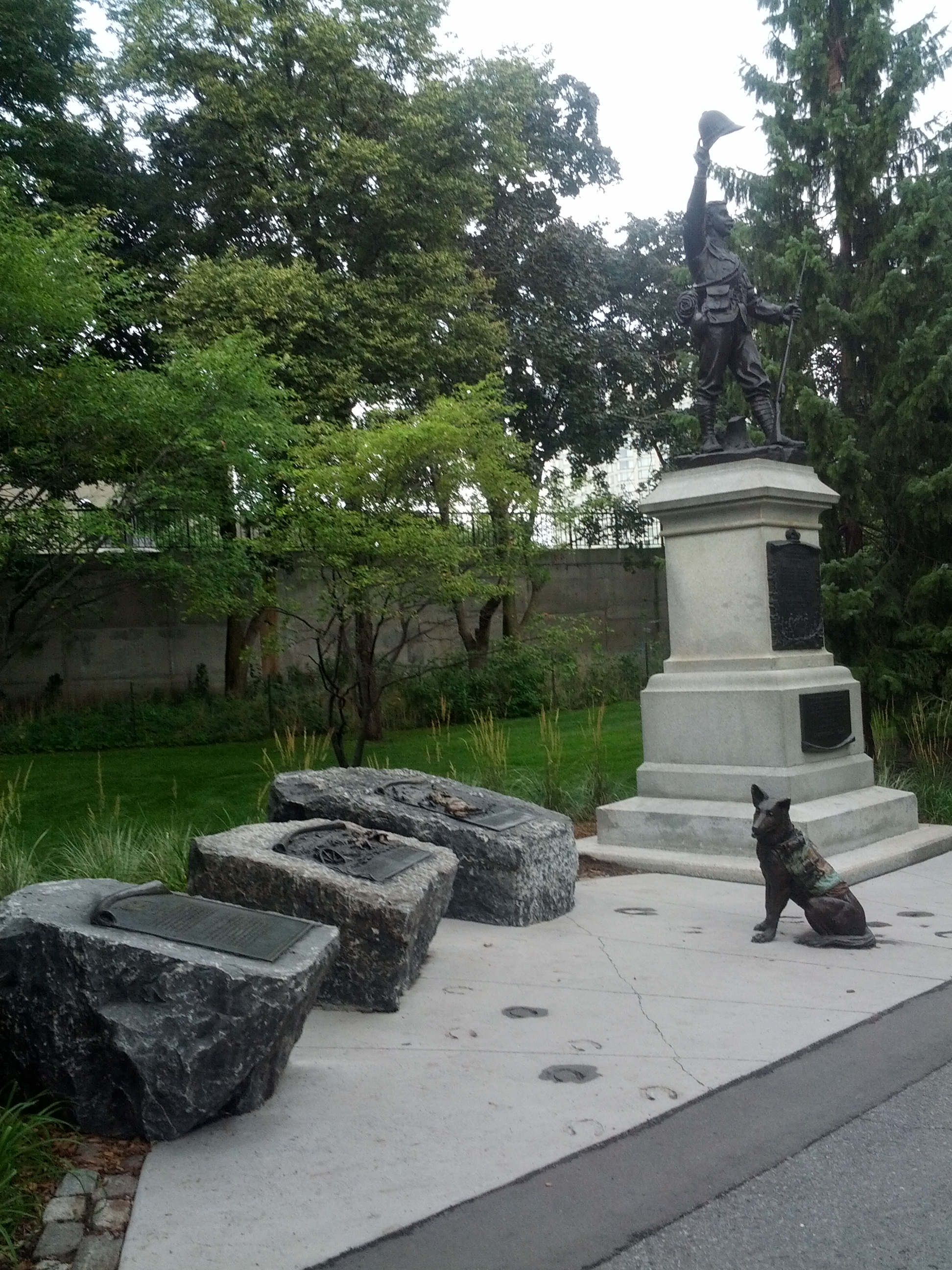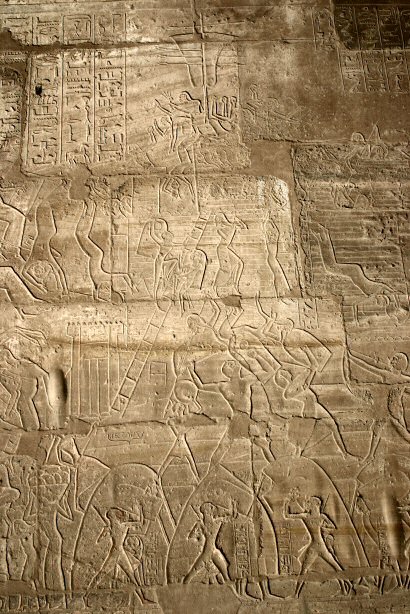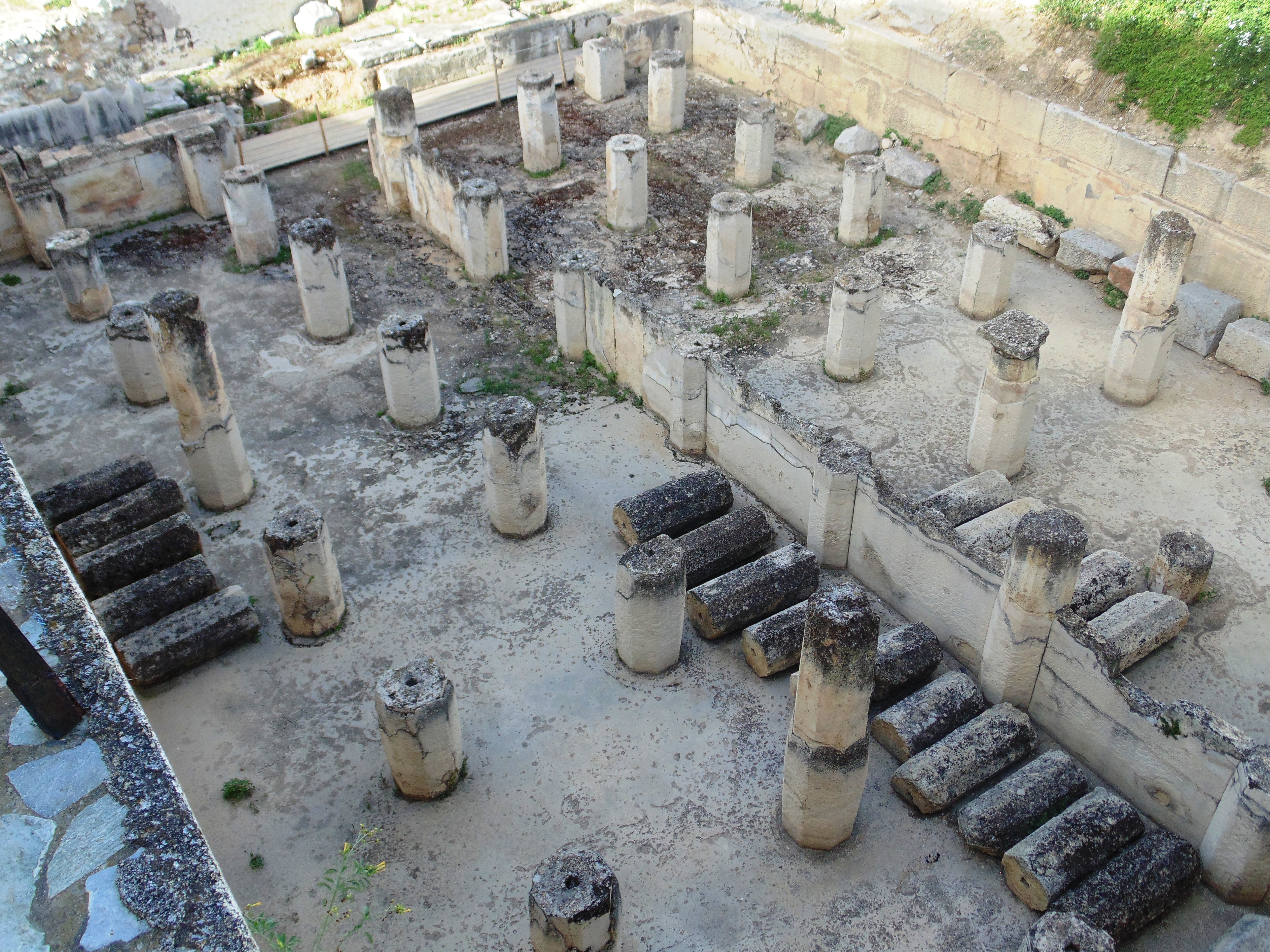|
War Pigs (ancient Military Weapon)
War pigs are pigs reported to have been used in ancient warfare as military animals, mostly as a countermeasure against war elephants. In the 1st century BCE, the Roman author Lucretius noted that humans may have attempted to launch wild beasts, such as lions or "savage boars", against the enemy, but with catastrophic results. In 272 BCE, it was recorded that the Romans used wild boars in their fight against the war elephants of the Tarantines. According to a legend recounted in the "Alexander Romance" by Pseudo-Callisthenes, the Macedonian Emperor Alexander the Great learned about this "secret weapon" against war elephants from King Porus in India. The Roman naval and army commander Pliny the Elder reported that "elephants are scared by the smallest squeal of the hog". Roman author and teacher Aelian confirmed that elephants were frightened by squealing pigs and rams with horns, and reported that the Romans exploited both squealing pigs and horned rams to repel the war elepha ... [...More Info...] [...Related Items...] OR: [Wikipedia] [Google] [Baidu] |
Ancient Warfare
Ancient warfare is war that was conducted from the beginning of recorded history to the end of the ancient period. The difference between prehistoric and ancient warfare is more organization oriented than technology oriented. The development of first city-states, and then empires, allowed warfare to change dramatically. Beginning in Mesopotamia, states produced sufficient agricultural surplus. This allowed full-time ruling elites and military commanders to emerge. While the bulk of military forces were still farmers, the society could portion off each year. Thus, organized armies developed for the first time. These new armies were able to help states grow in size and become increasingly centralized. In Europe and the Near East, the end of antiquity is often equated with the Fall of Rome in 476 AD, the wars of the Eastern Roman Empire on its Southwestern Asian and North African borders, and the beginnings of the Muslim conquests in the 7th century. In China, it can also be se ... [...More Info...] [...Related Items...] OR: [Wikipedia] [Google] [Baidu] |
Edessa, Mesopotamia
Edessa (; grc, Ἔδεσσα, Édessa) was an ancient city (''polis'') in Upper Mesopotamia, founded during the Hellenistic period by King Seleucus I Nicator (), founder of the Seleucid Empire. It later became capital of the Kingdom of Osroene, and continued as capital of the Roman province of Osroene. In Late Antiquity, it became a prominent center of Christian learning and seat of the Catechetical School of Edessa. During the Crusades, it was the capital of the County of Edessa. The city was situated on the banks of the Daysan River (; ), a tributary of the Khabur, and was defended by Şanlıurfa Castle, the high central citadel. Ancient Edessa is the predecessor of modern Urfa ( tr, Şanlıurfa; ku, Riha; ar, الرُّهَا, ar-Ruhā; hy, Ուռհա, Urha), in the Şanlıurfa Province, Turkey. Modern names of the city are likely derived from Urhay or Orhay ( syc, ܐܘܪܗܝ, ʾŪrhāy / ʾŌrhāy), the site's Syriac name before the re-foundation of the settlement by S ... [...More Info...] [...Related Items...] OR: [Wikipedia] [Google] [Baidu] |
Military Animals
Military animals are trained animals that are used in warfare and other combat related activities. As working animals, different military animals serve different functions. Horses, elephants, camels, and other animals have been used for both transportation and mounted attack. Pigeons were used for communication and photographic espionage. Many other animals have been reportedly used in various specialized military functions, including rats and pigs. Dogs have long been employed in a wide variety of military purposes, more recently focusing on guarding and bomb detection, and along with dolphins and sea lions are in active use today. Use For transportation and hauling * The horse was the most widely used animal throughout the recorded history of warfare. Early mounts could pull a chariot or carry lightly armored skirmishing forces. With the appearance of heavier mounts and the invention of the stirrup, the horse-mounted cavalry became the most prestigious combat arm in E ... [...More Info...] [...Related Items...] OR: [Wikipedia] [Google] [Baidu] |
Incendiary Weapons
Incendiary weapons, incendiary devices, incendiary munitions, or incendiary bombs are weapons designed to start fires or destroy sensitive equipment using fire (and sometimes used as anti-personnel weaponry), that use materials such as napalm, thermite, magnesium powder, chlorine trifluoride, or white phosphorus. Though colloquially often known as bombs, they are not explosives but in fact are designed to slow the process of chemical reactions and use ignition rather than detonation to start or maintain the reaction. Napalm for example, is petroleum especially thickened with certain chemicals into a 'gel' to slow, but not stop, combustion, releasing energy over a longer time than an explosive device. In the case of napalm, the gel adheres to surfaces and resists suppression. Pre-modern history A range of early thermal weapons were utilized by ancient, medieval/post-classical and early modern armies, including hot pitch, oil, resin, animal fat and other similar compounds. Subs ... [...More Info...] [...Related Items...] OR: [Wikipedia] [Google] [Baidu] |
Ancient Warfare
Ancient warfare is war that was conducted from the beginning of recorded history to the end of the ancient period. The difference between prehistoric and ancient warfare is more organization oriented than technology oriented. The development of first city-states, and then empires, allowed warfare to change dramatically. Beginning in Mesopotamia, states produced sufficient agricultural surplus. This allowed full-time ruling elites and military commanders to emerge. While the bulk of military forces were still farmers, the society could portion off each year. Thus, organized armies developed for the first time. These new armies were able to help states grow in size and become increasingly centralized. In Europe and the Near East, the end of antiquity is often equated with the Fall of Rome in 476 AD, the wars of the Eastern Roman Empire on its Southwestern Asian and North African borders, and the beginnings of the Muslim conquests in the 7th century. In China, it can also be se ... [...More Info...] [...Related Items...] OR: [Wikipedia] [Google] [Baidu] |
Reginald Scot
Reginald Scot (or Scott) ( – 9 October 1599) was an Englishman and Member of Parliament, the author of ''The Discoverie of Witchcraft'', which was published in 1584. It was written against the belief in witches, to show that witchcraft did not exist. Part of its content exposes how (apparently miraculous) feats of magic were done, and the book is often deemed the first textbook on conjuring. Life He was son of Richard Scot, second son of Sir John Scott (died 1533) of Scots Hall in Smeeth, near Ashford in Kent. His mother was Mary, daughter of George Whetenall, sheriff of Kent in 1527. His father died before 1544, and his mother remarried Fulk Onslow, clerk of the parliament; dying on 8 October 1582, she was buried in the church of Hatfield, Hertfordshire. Reginald or Reynold (as he signed his name in accordance with contemporary practice) was born about 1538. When about seventeen, Scot entered Hart Hall, Oxford, but left the university without a degree. His writings show ... [...More Info...] [...Related Items...] OR: [Wikipedia] [Google] [Baidu] |
Mahout
A mahout is an elephant rider, trainer, or keeper. Mahouts were used since antiquity for both civilian and military use. Traditionally, mahouts came from ethnic groups with generations of elephant keeping experience, with a mahout retaining his elephant throughout its working life or service years. Mahouts would often ride on a howdah placed on the back of their elephant. Etymology The word ''mahout'' derives from the Hindi words ''mahaut'' (महौत) and ''mahavat'' (महावत), and originally from the Sanskrit ''mahamatra'' (महामात्र). Another term is ''cornac'' or ''kornak'', which entered many European languages via Portuguese. This word derives ultimately from the Sanskrit term ''karināyaka'', a compound of ''karin'' (elephant) and ''nayaka'' (leader). In Telugu, a person who takes care of elephants is called a ''mavati''; this word is also derived from Sanskrit. In Tamil, the word used is ''pahan'', which means "elephant keeper", and in S ... [...More Info...] [...Related Items...] OR: [Wikipedia] [Google] [Baidu] |
Resin
In polymer chemistry and materials science, resin is a solid or highly viscous substance of plant or synthetic origin that is typically convertible into polymers. Resins are usually mixtures of organic compounds. This article focuses on naturally occurring resins. Plants secrete resins for their protective benefits in response to injury. The resin protects the plant from insects and pathogens. Resins confound a wide range of herbivores, insects, and pathogens, while the volatile phenolic compounds may attract benefactors such as parasitoids or predators of the herbivores that attack the plant. Composition Most plant resins are composed of terpenes. Specific components are alpha-pinene, beta-pinene, delta-3 carene, and sabinene, the monocyclic terpenes limonene and terpinolene, and smaller amounts of the tricyclic sesquiterpenes, longifolene, caryophyllene, and delta-cadinene. Some resins also contain a high proportion of resin acids. Rosins on the other hand are less ... [...More Info...] [...Related Items...] OR: [Wikipedia] [Google] [Baidu] |
Pitch (resin)
Pitch is a viscoelastic polymer which can be natural or manufactured, derived from petroleum, coal tar, or plants. Various forms of pitch may also be called tar, bitumen, or asphalt. Pitch produced from plants is also known as resin. Some products made from plant resin are also known as rosin. Uses Pitch was traditionally used to help caulk the seams of wooden sailing vessels (see shipbuilding), and to coat earthenware vessels for the preservation of wine. Pitch may also be used to waterproof wooden containers and in the making of torches. Petroleum-derived pitch is black in colour, hence the adjectival phrase, "pitch-black". The viscoelastic properties of pitch make it well suited for the polishing of high-quality optical lenses and mirrors. In use, the pitch is formed into a lap or polishing surface, which is charged with iron oxide ( Jewelers' rouge) or cerium oxide. The surface to be polished is pressed into the pitch, then rubbed against the surface so formed. The ability ... [...More Info...] [...Related Items...] OR: [Wikipedia] [Google] [Baidu] |
Megara
Megara (; el, Μέγαρα, ) is a historic town and a municipality in West Attica, Greece. It lies in the northern section of the Isthmus of Corinth opposite the island of Salamis Island, Salamis, which belonged to Megara in archaic times, before being taken by Athens. Megara was one of the four districts of Attica, embodied in the four mythic sons of King Pandion II, of whom Nisos was the ruler of Megara. Megara was also a trade port, its people using their ships and wealth as a way to gain leverage on armies of neighboring poleis. Megara specialized in the exportation of wool and other animal products including livestock such as horses. It possessed two harbors, Pagae to the west on the Corinthian Gulf, and Nisaea to the east on the Saronic Gulf of the Aegean Sea. It is part of Athens metropolitan area. Early history According to Pausanias (geographer), Pausanias, the Megarians said that their town owed its origin to Car (Greek mythology), Car, the son of Phoroneus, who bui ... [...More Info...] [...Related Items...] OR: [Wikipedia] [Google] [Baidu] |
Antigonus II Gonatas
Antigonus II Gonatas ( grc-gre, Ἀντίγονος Γονατᾶς, ; – 239 BC) was a Macedonian ruler who solidified the position of the Antigonid dynasty in Macedon after a long period defined by anarchy and chaos and acquired fame for his victory over the Gauls who had invaded the Balkans. Birth and family Antigonus Gonatas was born around 320 BC. The origin of the Hellenistic nickname Gonatas is unknown. He was descended from the Diadochi (the successors of Alexander the Great) on both his father's and mother's side. His father was Demetrius Poliorcetes, himself the son of Antigonus I Monophthalmus, who then controlled much of Asia. His mother was Phila, the daughter of Antipater, who had controlled Macedonia and the rest of Greece since 334 BC and was recognized as regent of the empire, which in theory remained united. In the year of Antigonus Gonatas' birth, however, Antipater died, leading to further struggles for territory and dominance. The careers of Antigo ... [...More Info...] [...Related Items...] OR: [Wikipedia] [Google] [Baidu] |
Polyaenus
Polyaenus or Polyenus ( ; see ae (æ) vs. e; grc-gre, Πoλύαινoς, Polyainos, "much-praised") was a 2nd-century CE Greek author, known best for his ''Stratagems in War'' ( grc-gre, Στρατηγήματα, Strategemata), which has been preserved. He was born in Bithynia. The ''Suda'' calls him a rhetorician, and Polyaenus himself writes that he was accustomed to plead causes before the Roman emperor. Polyaenus dedicated ''Stratagems in War'' to the two emperors Marcus Aurelius () and Lucius Verus (), while they were engaged in the Roman–Parthian War of 161–166, about 163, at which time he was too old to accompany them in their campaigns. Stratagems This work is divided into eight books: the first six contain accounts of the stratagems of the most celebrated Greek generals, the seventh book contains stratagems of non Greeks and Romans, and the eighth book those of the Romans and of illustrious women. Parts, however, of the sixth and seventh books are lost, so that of t ... [...More Info...] [...Related Items...] OR: [Wikipedia] [Google] [Baidu] |






.jpg)

